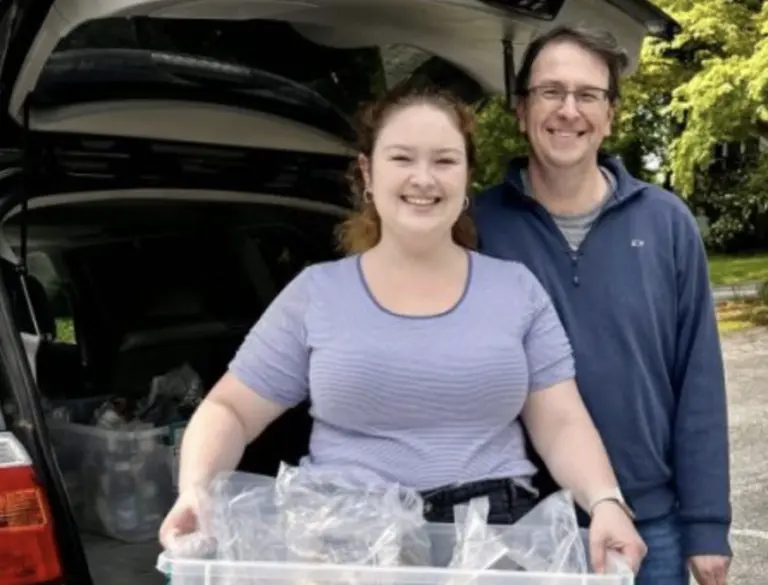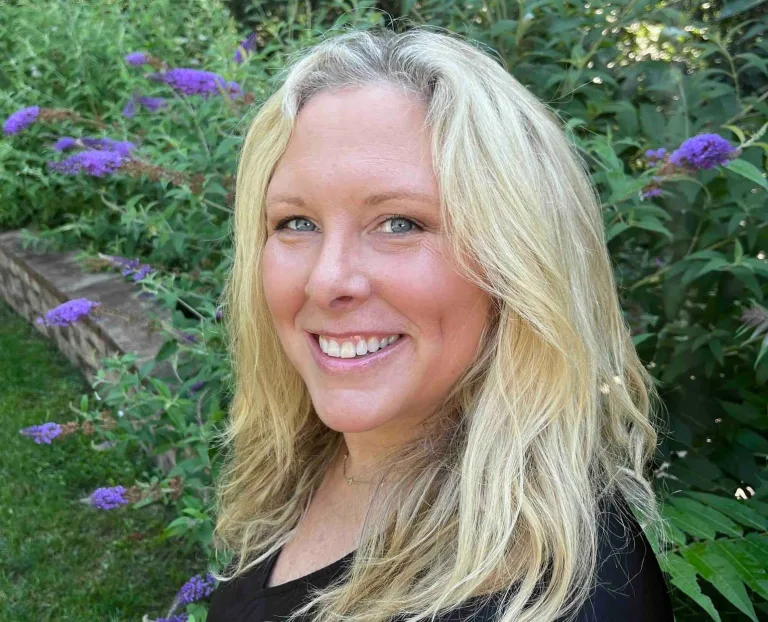

By: Laura Berzolla McDermott
When learning transitions from on-campus to distance learning, we move from the familiar to the unfamiliar, and we find ourselves asking, “How do I know if my child is learning?”
To answer this, we need to know that thoughtful, purposeful, and intentional planning for the assessment of our children’s learning is continuing. To slow down or suspend assessment during distance learning would be to slow down learning. As we worry about how much our children are actually learning from our homes, we need to understand that assessment is still an integral part of teaching and learning.
1. Is assessment still an ongoing part of the teaching and learning cycle?
Formative assessment of learning is critical during distance learning so teachers can assess student understanding “along the way.” Assessment is how teachers know if students understand the concepts taught day-to-day. And this is how teachers are making instructional decisions, and schools are making curricular decisions.
Teachers are implementing different assessment tools and strategies that better match this new learning environment as they gather information about students’ understandings and abilities. For asynchronous lessons, students can respond to teachers’ discussion questions through technological innovations such as Pear Deck and Flip Grid. During synchronous lessons, teachers can create Zoom breakout rooms with small groups and guide student discussions or ask students to share their reasoning or thinking. Students can share their knowledge and understanding through presentations to peers, as teachers observe to determine if the learning objectives are being met. Through these ongoing or formative assessments, teachers identify learning needs, monitor progress, and decide what to teach next and how to teach it. No matter the platform, it is critical that assessment continues to be an integral part of everyday teaching and learning.
2. Are teachers meeting students more frequently in small groups and individually so that curriculum-based classroom assessments are effective?
As distance learning adds another layer of separation between teachers and students, the teachers’ need to meet with students in smaller groups becomes vital. In these small groups and individual student settings, teachers can target instruction based on the students’ needs in the group or monitor an individual student’s progress more closely.
An opportunity for a student to meet with a teacher to review a writing piece together, describe the growth of a character, or explain one’s mathematical reasoning of a problem is an opportunity for a teacher to assess a student’s understanding and application of a concept or skill.
3. Are teachers continuing to design assessments that align with the curricular goals of the school?
As the location of the teaching changes, it is important to remember that the substance of what is taught – the curriculum – does not change. The rigor and richness of a program are maintained as teachers design assessments aligned with the curricular goals established for a particular grade level. Students present their knowledge and demonstrate their conceptual understanding through podcasts, oral presentations, and role-playing over Zoom. Teachers continue to collect information and snapshots from multiple sources and perspectives to understand children as learners, with clear objectives in mind. These objectives and learning standards are not compromised whether we teach students while they are on campus or at home in their living rooms.
4. Do teaching teams meet regularly to discuss assessment data?
Incorporating assessment data analysis and review into curricular meetings within and across grade levels provides teachers and administrators the opportunity to engage with data they have been collecting about their students. Using the comprehensive data collected from both internal teacher-designed and external standardized assessments, teachers and administrators can identify specific strategies to support students in certain areas and enrich or stretch them in others. This collaborative perspective of assessment ensures a school embraces and values assessment information and its impact on student learning.
5. Are students engaged in self-assessment and reflection?
As students learn from their kitchens and family rooms, they continue to be stakeholders in their learning. They can assess their thinking and understanding — setting goals and reflecting on their progress in the context of those goals. As students self-assess, they exercise their metacognitive muscle, helping them be aware of their own thinking and learning processes. Through self-assessment and reflection, students learn to pause and think critically about themselves as they reflect on their progress, adjust their strategies, and look ahead towards their goals, a skill we all value even as adults.
Laura Berzolla McDermott is currently the Assessment Coordinator for Whitby School, a position she has held for 9 years. She has taught in both public and private schools in Greenwich, Connecticut.





